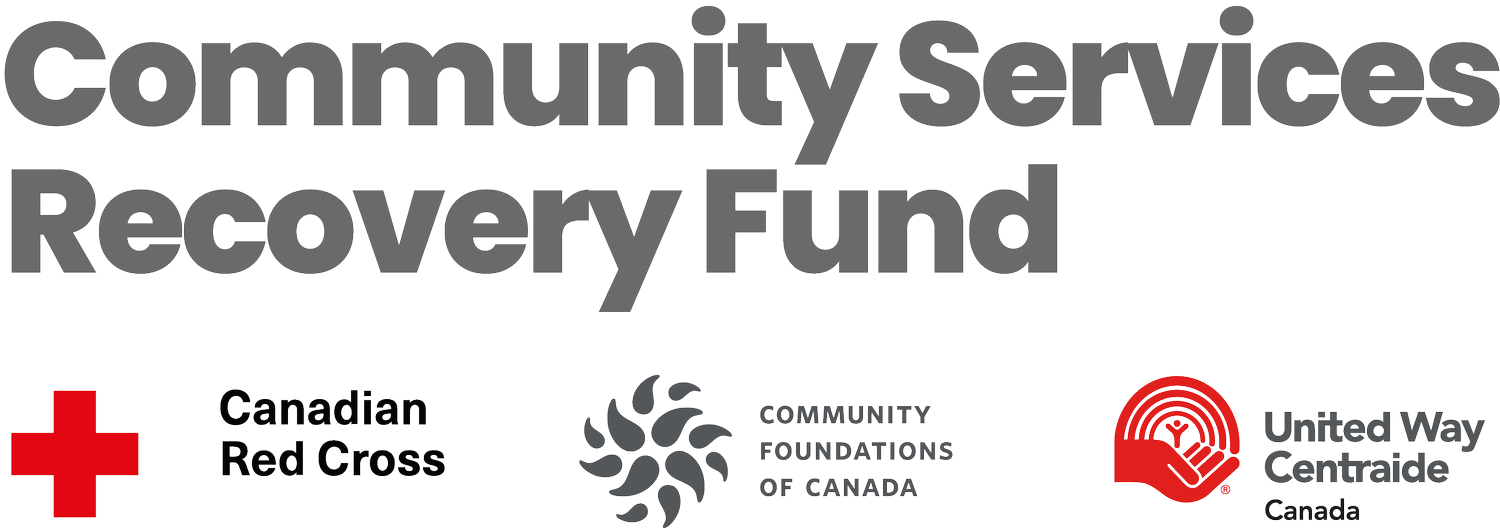How Comité ZIP du lac Saint-Pierre is Building Connections
written by Pascaline Aubrée, Community Foundations of Canada
The Comité ZIP du lac Saint-Pierre, based in Québec, was established in 1996 as part of a federal government initiative. Its primary mission is to protect and celebrate the St. Lawrence River, which has been significantly impacted by human activity. Today, the organization manages the region’s UNESCO World Biosphere Reserve designation, focusing on biodiversity conservation, sustainable development, capacity building, and reconciliation with Indigenous peoples. The biosphere reserve includes the five regional county municipalities bordering Lake Saint-Pierre, as well as the city of Trois-Rivières.
The Comité ZIP du lac Saint-Pierre received funding from the Government of Canada’s Community Services Recovery Fund (CSRF) in 2023, allowing it to deepen its impact and strengthen its organizational framework. “Our goal is to continue this work in the long term and reduce our reliance on grants.” — Geneviève Tardy, CEO of the Comité ZIP du lac Saint-Pierre. With the funding, the organization prioritized project management training for staff, developed a philanthropy strategy to foster sustainable funding, and launched a series of collaborative initiatives to broaden its outreach. One standout project was the partnership with the Biophare de Sorel museum to raise biodiversity awareness among local youth.” Geneviève describes, “Approximately 40 day-camp students took the ferry to the museum. We enjoyed a full day of educational and interpretive activities.” Geneviève says.
“This event helped create ties with the Saint-Ignace-de-Loyola municipality, the ferry company that offered the boat ride over and back, and the Biophare museum.”
This immersive experience was documented by professional photographers, and images of the region’s unique wildlife and natural beauty will soon be displayed at the Biophare de Sorel museum, celebrating the biodiversity of Lake Saint-Pierre. Portraits of Comité ZIP’s staff and board members, along with a promotional video for the biosphere reserve, were also created to showcase the organization’s dedication.
Perhaps most significant was the “Rendez-vous Biosphères Québec” initiative - an inaugural gathering of the biosphere stakeholders from diverse sectors. Geneviéve describes it as “the first biosphere-wide gathering of its kind, focused on exploring how organizations can leverage the UNESCO biosphere designation to promote green transitions and tackle the impacts of climate change.” The success of this event has fostered a new network of collaboration across the biosphere reserve, establishing a permanent community committed to sustainable practices and environmental resilience
“The Government of Canada’s Community Services Recovery Fund’s requirements were much more flexible than those of other programs. That gave organizations a lot more latitude in terms of the projects that they could undertake.”
Reflecting on the experience, Geneviève notes that the projects supported by CSRF exceeded expectations and offered a chance for organizational growth. The flexible nature of CSRF’s requirements provided Comité ZIP the latitude to undertake transformative projects, from network-building events to enhanced internal capabilities, setting the stage for a sustainable future.
“Our projects were completed even more satisfactorily than we had anticipated. There aren’t enough programs that give organizations the opportunity to reorient themselves. We’re so caught up in the day-to-day that we don’t have the time or resources to sit down, reflect, take a breath, and then formulate an action plan.”
The Community Services Recovery Fund was a one-time $400 million investment from the Government of Canada to support community service organizations, including charities, non-profits, and Indigenous governing bodies as they focused on how to adapt their organizations for recovery from the COVID-19 pandemic.
The Community Foundations of Canada, alongside the Canadian Red Cross and United Way Centraide Canada, supported close to 5,500 community service organizations through the Community Services Recovery Fund.



